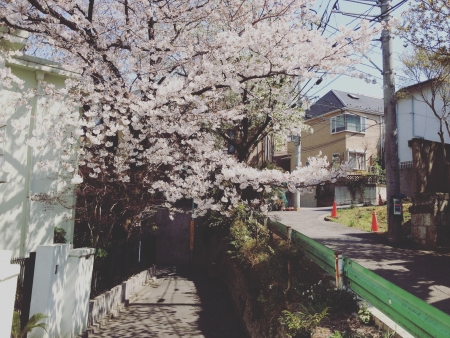あらゆる視点
平らな土地というのは、意外かもしれないが、案外無い。正確にいうと平らな土地とは、道路との段差が無く、尚且つ、土地にレベル差が無く平らということであり、もちろん道路も平らである。全てが平らということは珍しい。
建築する時は平らであることが前提だから、平らでない土地に平らなレベルをどこかに設定する。その設定の仕方にもセオリーはあるのだが、その設定の仕方からデザインははじまる。
前に、渋谷駅の近く、桜の木が目の前に見える斜面地で設計をしたことがある。目の前だから平らなレベルをどこに設定しても桜の木は見える。ただ疑問に思う、平らなレベルが必要かと。斜面なりに床をつくれば、桜の木が全て見える。
結局アンビルトになったが時々思い出す。設計にはセオリーも、クライアントに対する正解も存在するが、周辺環境の特殊さを生かし一般解にまで昇華する視点などあらゆる視点から一度は考えてみることも必要だろう。
"All perspectives"
Flat land may be surprising, but not surprising. To be precise, a flat land means that there is no step with the road and the land is flat with no level difference, and of course the road is also flat. It is unusual for everything to be flat.
Since it is assumed that the building is flat, set a flat level somewhere on the uneven land. There is a theory in how to set it, but the design starts from how to set it.
Before, I designed it on a slope near Shibuya station where cherry blossom trees can be seen in front of me. Because it is right in front of you, you can see the cherry blossom trees no matter where you set the flat level. I just wonder if I need a flat level. If you make a floor on the slope, you can see all the cherry trees.
It turned out to be unbuilt, but I remember it from time to time. There are theories and correct answers for clients in the design, but it is also necessary to think once from all perspectives, such as the perspective of sublimating to a general solution by taking advantage of the peculiarities of the surrounding environment.


